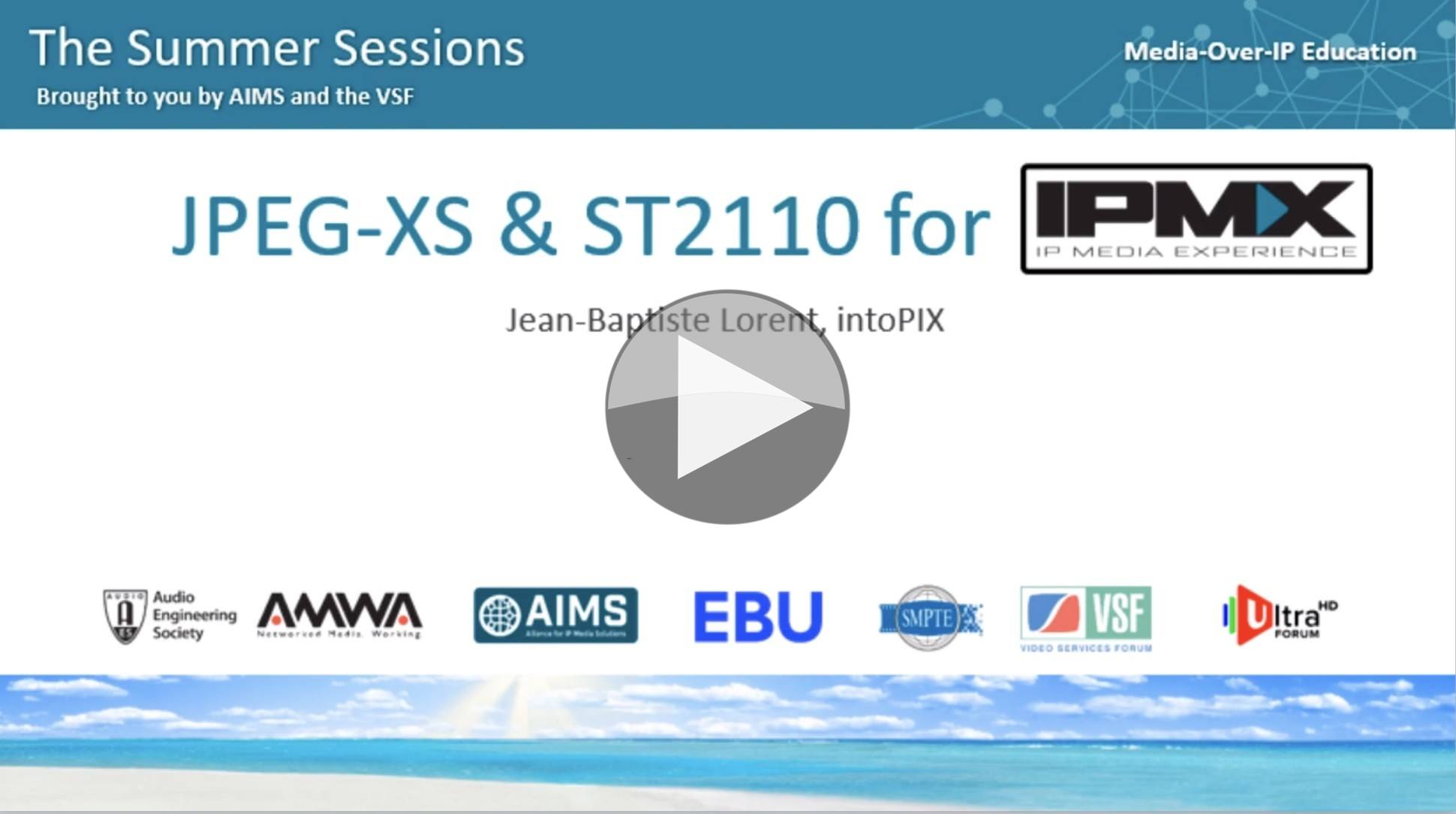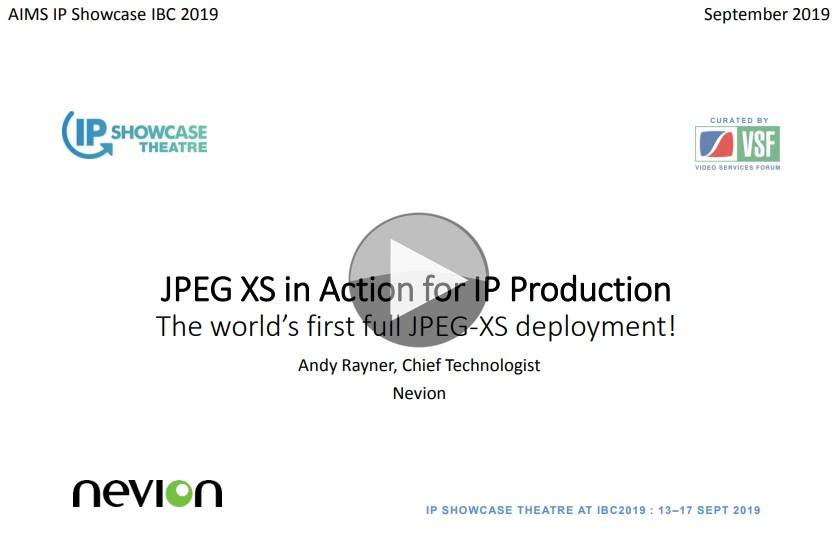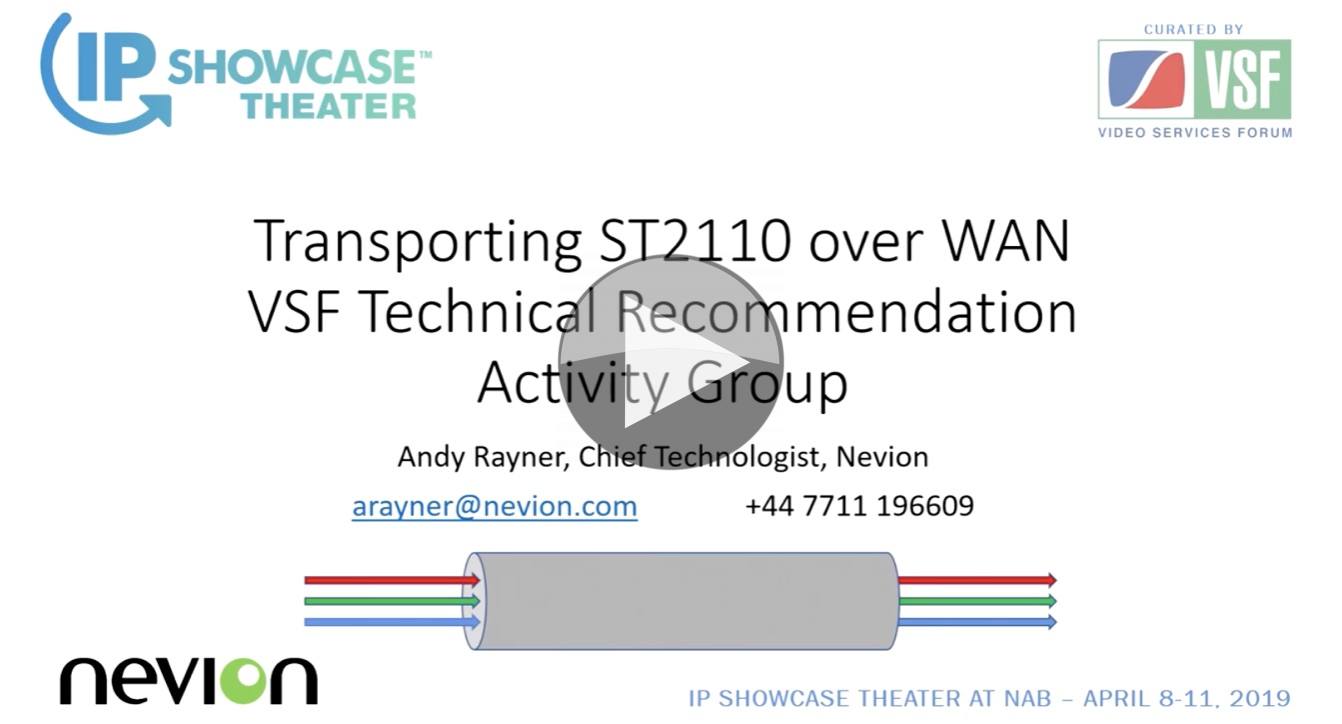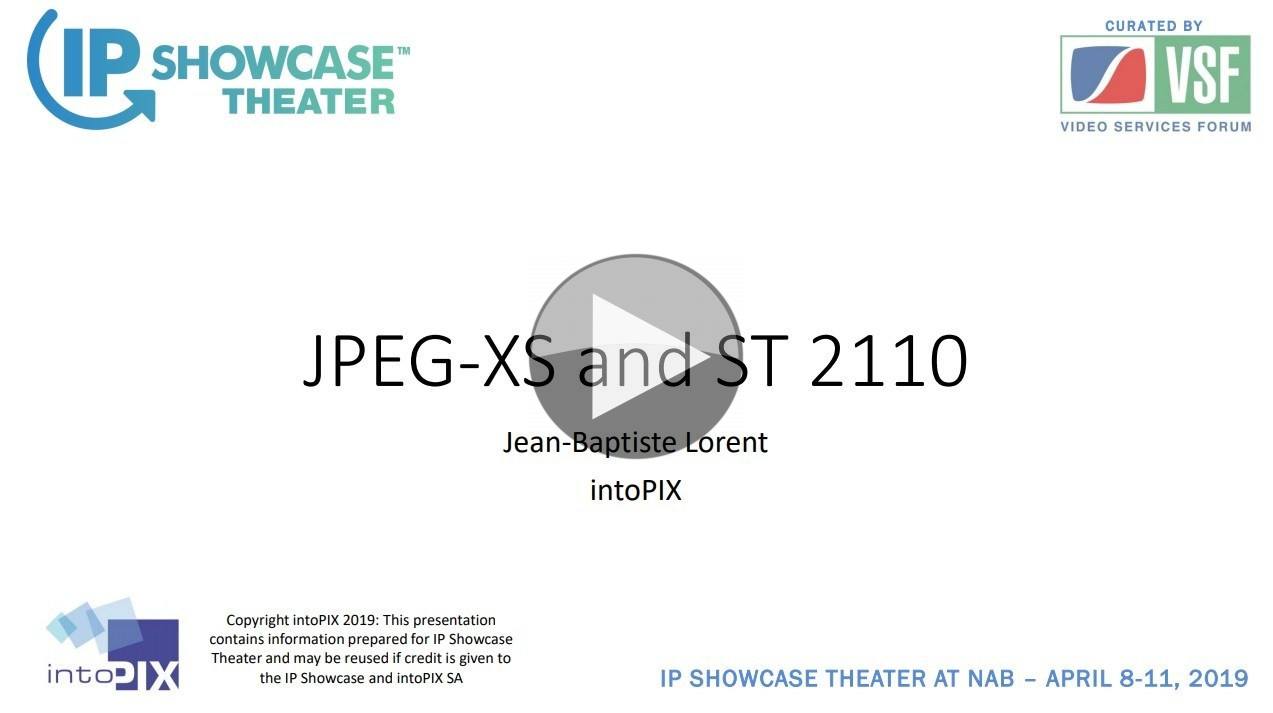Both broadcast and professional AV are undergoing a transition to IP. For Pro-AV, the benefits are similar to those for Broadcast such as less cabling, cables are bi-directional and reduced space. But for Pro-AV, there is a big incentive to re-use CAT5e cabling unlike the typical SMPTE 2110 deployments which are on 10 gig cabling.
Jean-Baptiste Lorent from intoPIX explains how JPEG XS helps enable cable reuse and, at the same time, brings the advantages of open interoperability and IP to the Pro-AV market. JPEG-XS is a light compression codec which minimises latency. JPEG XS, explains Jean-Baptiste, started in 2016 with light compression format TICO which, working with the JPEG committee has become JPEG-XS. intoPIX have blinded tests showing that at a 10:1 compression ratio, there is no difference observable between the uncompressed source and the JPEG-XS encoder.
Whilst the practical benefits of JPEG-XS are discussed in this talk from Nevion, Laurent outlines that JPEG-XS has a low computational overhead, 0.1 milliseconds encode to decoder.
A very interesting feature is the embedded downscaling meaning if you sent an 8K image as JPEG-XS, a decoder need only decode a UHD or HD resolution version of it – without having to do a computationally expensive downconversion to the desired resolution after having decoded the whole thing 8K image. Jean-Baptiste suggests this would be ideal for devices such as multiviewers which typically show images at much lower than their native resolution.
Looking again at the idea of 1Gbe cable reuse, Jean-Baptiste looks at the data rates achievable with JPEG-XS. HD video under JPEG-XS is 150-390Mbps allowing 2 or more HDs per 1Gbe Cat 5e cable. Using Cat 6 or Cat 5e to run 10Gbe (up to around 40m) allows up to four 8K streams. So it’s practical to use existing infrastructure.
Watch now!
Speakers
 |
Jean-Baptiste Lorent Director Marketing & Sales, intoPIX sa |








